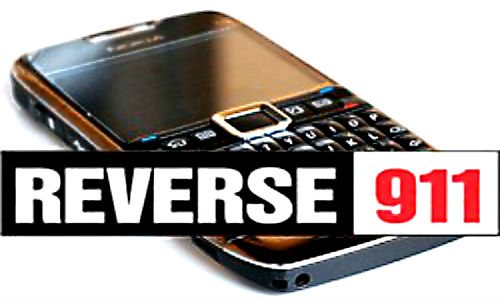In the United States, effective systems are in place to help us plan for, respond to, evacuate from, and cope with dangerous and difficult emergency events. Traditionally in the late twentieth century, mass media (television and radio) were relied upon to inform the general public of impending or ongoing dangerous situations. Previously, older technology like sirens were utilized for warning of impending situations, especially severe weather. While all are still prevalent today, much of the public were left uniformed if not within nearby proximity to one of these alert platforms. Today we have many more options at our disposal.
Modern Warning Systems
In June 2006, following criticism over the government’s response to Hurricane Katrina, President George W. Bush signed Executive Order 13407, ordering the Secretary of Homeland Security to establish a new program to integrate and modernize the nation’s existing population warning systems. Installment began on a nationwide system now known as the Integrated Public Alert and Warning System, or IPAWS. IPAWS is an alert and warning infrastructure that allows Federal, State, and local authorities to alert and warn the public about serious emergencies using the Emergency Alert System (EAS), Wireless Emergency Alerts (WEA), and other public alerting systems from a single interface.
EAS is used to send emergency messages through cable, broadcast, and satellite television, as well as landline phone recordings. WEA refers to messages, similar to text messages, which appear as a notification to your mobile phone. They are sent by an authorized government authority through your mobile provider. Registration is not required for the national alerts through IPAWS, but a compatible phone and provider are required. The message contains information such as the type of alert, the time of the alert, the issuing agency, and any steps the recipient should take. The types of alerts include AMBER alerts for child abductions, extreme weather alerts, Presidential alerts during a national emergency, or other threatening emergencies in your area. Who receives the alerts is based on connectivity to the affected area’s cellular towers, so the alert is determined by the current location of the cellular device and not the address of the wireless phone owner. Of course, the benefit of this is if you are away from home and an emergency occurs in the area you are visiting, you will still receive the alert through the local cellular tower.

Reverse 911 is widely used for local emergency situations to be broadcast to email, home, and mobile phones
Other Alert Systems
Many local government agencies have additional alert services that offer greater detail to local emergencies through recorded messages, text alerts, or emails. In order to take full advantage, make sure to check local emergency services options (such as Reverse 911). Often, a registration process is required before you will receive the alerts. Similarly, other modern alert systems allow for notifications of other local emergency situations that also could prompt action. A few examples:
- PulsePoint is a mobile application which connects the local dispatch system with CPR-trained bystanders (and the location of the closest AED) regarding a nearby cardiac emergency event… effectively enabling “citizen superheroes.”
- Google’s ‘Waze’ mobile app is a social-mapping-based means of reporting real-time accidents and traffic alerts.
- The Incident Paging Network has also proven to be a useful tool for being alerted regionally within the network for a wide range of event types.
- Here at RedZone we especially appreciate the advent of public alert and advance warning regarding an impending or ongoing disaster. Our RZAlerts are built on the success of this premise.
Sources:
https://en.wikipedia.org/wiki/Integrated_Public_Alert_and_Warning_System



